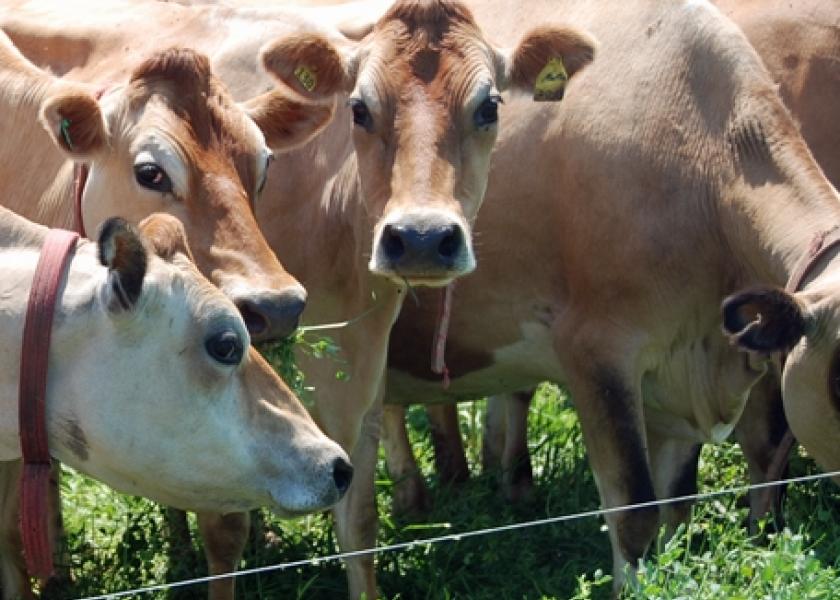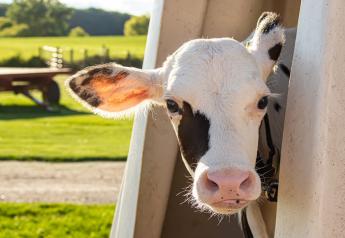Situation Worsens for New Zealand Dairy Producers

New Zealand dairy producers have been battling low milk prices for more than a year, and so far the future does not look much brighter. Even if milk prices rise, dry conditions and fewer cows likely mean declining milk production from the world’s low-cost exporter of dairy products well into 2016.
“Dairy product prices are painfully low in New Zealand, and discouraged producers are reining in production,” says Sarina Sharp, agricultural economist with the Daily Dairy Report.
Milk collections in October, the peak production month in New Zealand, were only 3.21 million metric tons, a 2.7 percent reduction from October 2014 levels. So far in the 2015-16 season, milk collections are 3.4 percent below the July through October period a year ago.
“New Zealand production is unlikely to rebound anytime soon,” says Sharp. “Milk prices stand well below the cost of production.”
Fonterra, New Zealand’s dominant buyer of milk, currently forecasts a farm-gate milk price of $4.60/kg of milk solids (NZ) plus a dividend of 45ȼ to 55ȼ, which equates to about a Class III price of $10.58/cwt. in the United States, says Sharp.
“Many of New Zealand’s dairy producers are heavily leveraged and running into cash flow issues,” notes Sharp. “They have culled aggressively and reduced purchases of feed supplements like palm kernels.” From October 2014 through September 2015, New Zealand cow slaughter was 26 percent above the prior-year’s pace.
This year’s very strong El Niño is causing the New Zealand dairy industry additional concern. Pacific Rim nations tend to be heavily affected by El Niño. The last time El Niño was as strong as this year’s was in 1997-98, when rainfall in some western Pacific nations was only 10 percent of normal. While Australia typically fares worse than New Zealand due to severe drought, during El Niño years, strong winds from the west tend to cause drought along New Zealand’s east coast.
“Many producers in New Zealand could withstand some adverse weather and reduced pasture growth without a commensurate decline in milk production per cow because pastures are far from crowded after months of heavy culling,” says Sharp. “On the other hand, if forage is inadequate, dairy producers likely will not be able to pay for supplemental feeds, and as a result, they could choose to step up slaughter rates even further.”
At the December 1 Global Dairy Trade auction, whole milk powder prices rose sharply, up 5.3 percent to $2,260 per metric ton. Yet even this week’s higher GDT price isn’t high enough to push margins into the green, which means Fonterra could drop its pay prices even further, notes Sharp.







